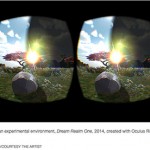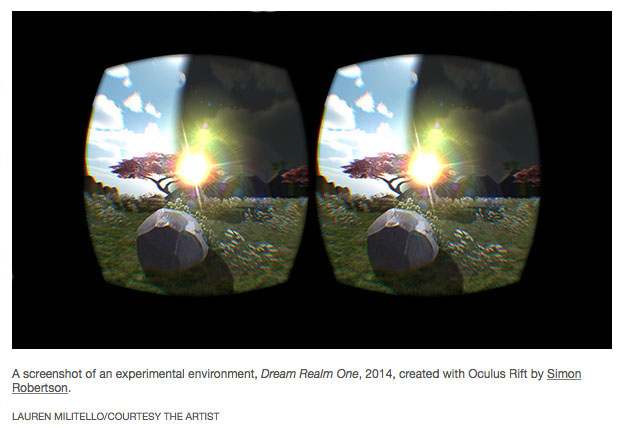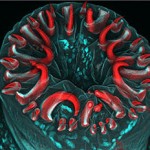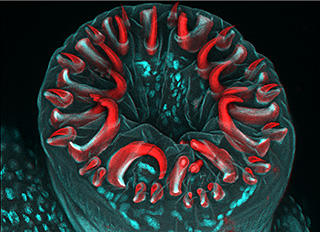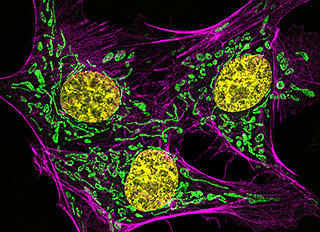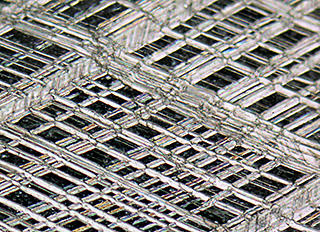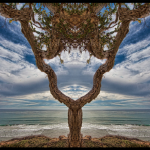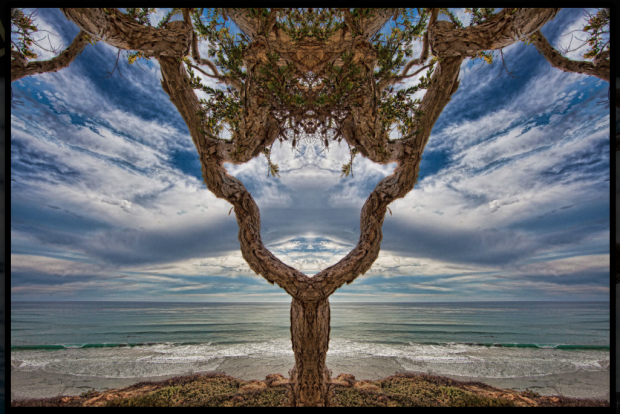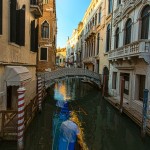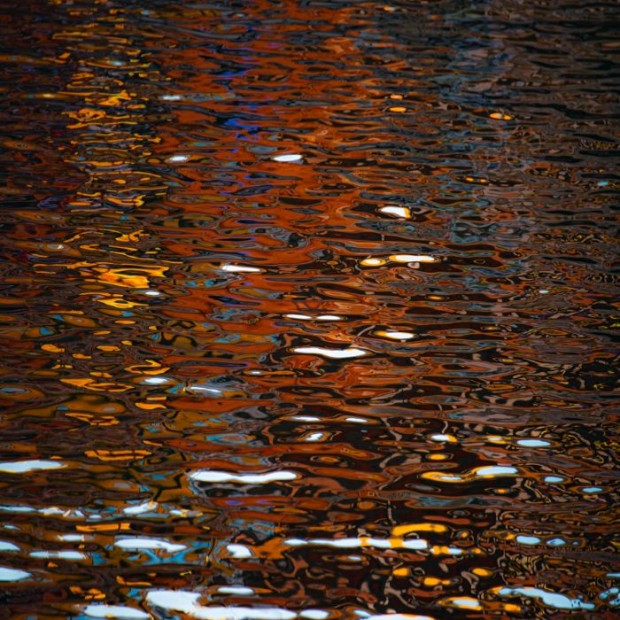 As stated many times in the past, Art comes in many forms and can be discovered in every part of our daily lives. This is exactly what photographer Jessamyn Lowell found after learning a woman had stolen her wallet and her identity.
As stated many times in the past, Art comes in many forms and can be discovered in every part of our daily lives. This is exactly what photographer Jessamyn Lowell found after learning a woman had stolen her wallet and her identity.
Photographer Jessamyn Lowell, was the unfortunate victim of a crime that happens far too often, identity theft. When Jessamyn’s wallet was stolen in San Fransisco it wasn’t until five years later that she learned that the person who had stolen her wallet had also stole her identity. Police informed Jessamyn that Erin Hart assumed her identity, and had proceeded to commit petty crimes under the false pretense of being Jessamyn.
Once Jessamyn learned about the true extent of what happened, she became intrigued with her identity thief. She wanted to learn more about this woman who had been pretending to be her. The photographer decided to remedy the situation for herself, she would bring closure by taking a different approach to the situation than most would; She would document the ordeal in a photo project appropriately titled “Dear Erin Hart”. She would dive into her identity thieves life just as the Erin Hart had done hers.
This intrigue turned into an unusual infatuation with Hart, what some might even call legitimate stalking. Jessamyn even hired a private investigator at one point but due to the expense, only did this once. The photography journey started by following the woman directly after she was released from jail. That day Jessamyn followed the woman to the gas station and photographed her buying cigarettes,then on to a thrift store to photograph her shopping for clothes. Jessamyn tailed her identity thief to a bus station shortly after the shopping trip, then on to the next destination across town. Eventually she ended the days surveillance when Hart disappeared into an alley and Jessamyn didn’t follow.
All the while, she photographed the woman and tried to capture a sense of who she might be inside. The pictures tell their own story of the woman and Jessamyn stated that while she had no intentions of befriending the lady, she did think that they had shared similar struggles in life. Jessamyn said that she grew up understanding poverty and class restraints and she felt that she could recognize this in Hart as well.
The following of Hart eventually ended and Jessamyn reached out to Harts’ probation officer to send her a letter. Jessamyn informed Hart that she had been photographing her and asked her to contact her. Erin Hart received the letter from Jessamyn, but never made contact.
In 2014 Dear Erin Hart became an exhibition installation at the San Francisco Camerawork Gallery. Oddly, the same place where Jessamyn’s wallet had been stolen years prior.
——————————————–
Images: Jessamyn Lowell






